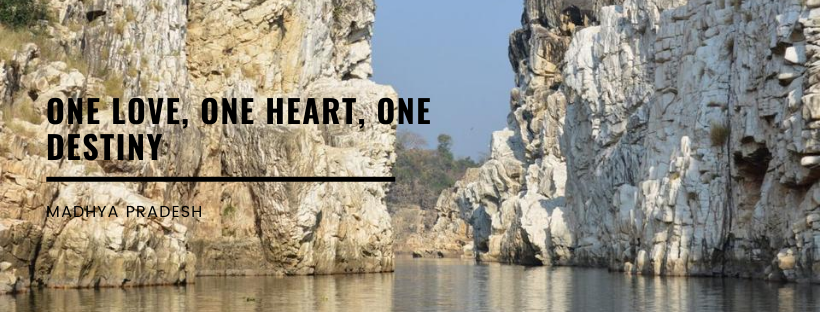Aloo Paratha

“Mashed potatoes, a host of spices, dough, ghee or butter”. If you say these words to any person from north India the first words to come to his or her mind would be - “Aloo Paratha”. The dish has its origins in India, and it is popular all over the country. It’s eaten regularly in most parts of India especially in the northern, western, and central part of India. It is well-liked in the south too but it’s eaten less frequently there. The main ingredients for this rather simple but much relished dish are mashed aloo or potatoes, salt, red chilly powder, turmeric powder, ghee or butter, and wheat flour. Let’s have a look at how to make this mouthwatering dish - To start, make dough out of wheat flour. Mix the spices with mashed potatoes to make the stuffing. Make small balls of dough and stuff the mash potatoes in it. Press down on it to make it round. Then cook it on a hot tawa or a pan with ghee or butter. You can serve it with Indian pickle, chutney, or

